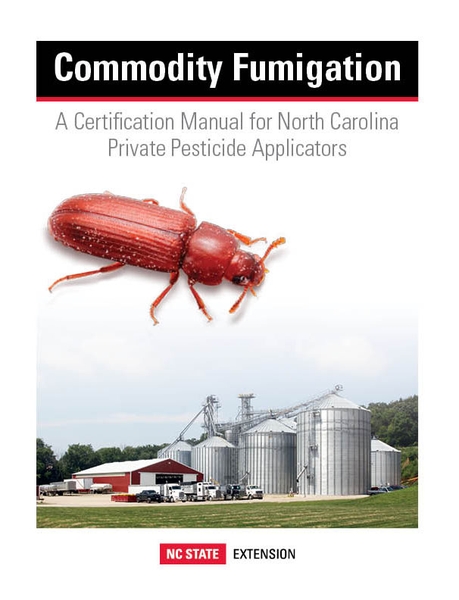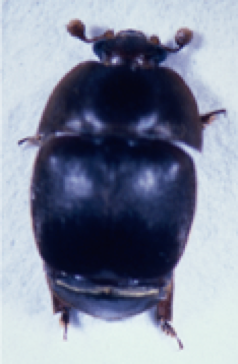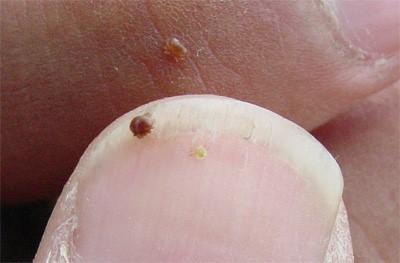
Thrips Flight and TSWV Risk Assessment Report – May 12, 2025
To help growers determine the potential of management practices for TSWV, we have created step-by-step guides on how to …



El inglés es el idioma de control de esta página. En la medida en que haya algún conflicto entre la traducción al inglés y la traducción, el inglés prevalece.
Al hacer clic en el enlace de traducción se activa un servicio de traducción gratuito para convertir la página al español. Al igual que con cualquier traducción por Internet, la conversión no es sensible al contexto y puede que no traduzca el texto en su significado original. NC State Extension no garantiza la exactitud del texto traducido. Por favor, tenga en cuenta que algunas aplicaciones y/o servicios pueden no funcionar como se espera cuando se traducen.
Inglês é o idioma de controle desta página. Na medida que haja algum conflito entre o texto original em Inglês e a tradução, o Inglês prevalece.
Ao clicar no link de tradução, um serviço gratuito de tradução será ativado para converter a página para o Português. Como em qualquer tradução pela internet, a conversão não é sensivel ao contexto e pode não ocorrer a tradução para o significado orginal. O serviço de Extensão da Carolina do Norte (NC State Extension) não garante a exatidão do texto traduzido. Por favor, observe que algumas funções ou serviços podem não funcionar como esperado após a tradução.
English is the controlling language of this page. To the extent there is any conflict between the English text and the translation, English controls.
Clicking on the translation link activates a free translation service to convert the page to Spanish. As with any Internet translation, the conversion is not context-sensitive and may not translate the text to its original meaning. NC State Extension does not guarantee the accuracy of the translated text. Please note that some applications and/or services may not function as expected when translated.
Collapse ▲
To help growers determine the potential of management practices for TSWV, we have created step-by-step guides on how to …

To help growers determine the potential of management practices for TSWV, we have created step-by-step guides on how to …

In the past couple of weeks we have seen a few cases of watermelon seedlings infected with gummy stem …

This week, Prionus adults emerged from the soil near the blueberry plants in Pender and Sampson Counties. This is …

We want to inform you that the Tobacco Thrips Flight and TSWV Intensity Predictor tool is currently experiencing technical …

Root-knot nematodes (RKN; Meloidogyne spp.) are microscopic, soilborne roundworms that feed on plant roots. In sweetpotato, they cause galls, …

Spring tours of North Carolina Cooperative Extension’s Pollinator Paradise Demonstration Garden in Pittsboro start on May 10! The garden features over 225 …

The 5th Annual Chatham County Spring Ag Fest on March 29, 2025, was a success with a great crowd and beautiful …

The North Carolina Department of Agriculture and Consumer Services (NCDA & CS) is offering free services for counties affected …

The 2025 Southeastern Vegetable Crop Handbook can be purchased through UNC Press , Amazon, OR in open access format here. Unfortunately, …

With cotton prices down, many growers are looking for ways to cut production costs. This article emphasizes the importance …

Folks of all ages delight in finding praying mantids in the garden. These charismatic predators are large and easy …

The fungicide spray guides for tomato and pepper are intended for commercial growers and are suggested products or programs …

Fungicide use to manage diseases in ornamental crops is a part of an effective integrated pest management program. Efficacy …

Last spring some growers in the North Carolina piedmont noticed unusual problems with their allium crops, primarily bulb onions, …

Blueberries are a popular crop for commercial farmers as well as home gardeners in North Carolina. They are fairly …

The Pest Management Strategic Plan for Strawberries in VA, NC, SC, GA, and FL has been published! You can access the …
Tropical storms and hurricanes are unfortunate events that are sometimes experienced by people living in North Carolina. Informed decisions …

This factsheet describes the biology of the giant strong-nosed stink bug, Alcaeorrhynchus grandis, and provides …

This manual prepares pesticide applicators for Forest Pest Control Certification exams in the following states: …

This manual provides guidance tailored for North Carolina's non-commercial pesticide applicators using fumigants in commodity …

This factsheet describes the small hive beetle, its life cycle and how to prevent infestations …


It is the goal of every beekeeper to maintain healthy, productive colonies. This can only …
To apply restricted-use pesticides to agricultural commodities, you must be certified or be supervised by …

This factsheet offers information on the biology and management of the emerald ash borer, an …